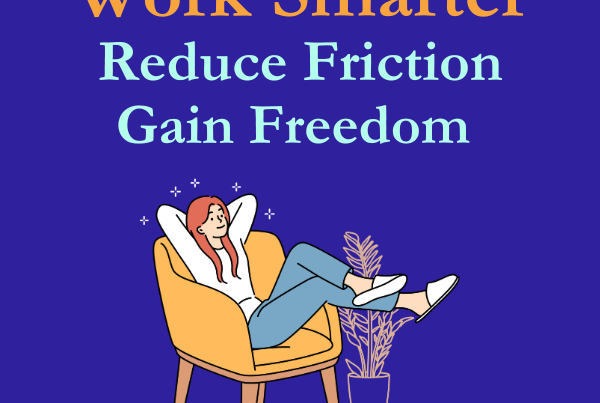These twelve law firm technology principles will help effectively harness its power, ensuring your firm thrives in an ever-evolving digital landscape.
1. 80/20 Leverage is Powerful
Stop wasting time on tasks you don’t enjoy or excel at. Understand and apply the 80/20 principle to get more done with less effort.
2. Embrace Change, Constantly
Technology is constantly evolving. Be open-minded and explore outside the traditional legal tools. Adapt to new opportunities and stay ahead (e.g., artificial intelligence).
3. Experience is Best
You can’t fully understand technology without using it. Test it out, even during free trials, to see how it works and if it’s worth it. Gain experience to distinguish useful technology from useless ones.
4. Seek Exponential Gains
Don’t settle for modest results. To achieve exponential gains, be patient, work from a sound plan, and follow a sensible process. Connecting the dots is essential for success.
5. Get Proper Guidance
Technology is complex and changes rapidly. Seek help from knowledgeable, reliable, trustworthy tech-savvy consultants who understand these law firm technology principles and how they apply in different types of practices.
6. Prioritize Strategic Goals
Focus on one big strategic goal at a time. Making too many technology changes simultaneously leads to disruption and potential disasters. Avoid consultants who pressure you to rush.
7. Adapt to the Changing Tide
Technology drives change. When you see a large group migrating to a different platform or software, consider making the change too. Build your systems on dominant platforms to stay relevant.
By harnessing technology effectively, you’ll unlock the full potential of your law practice, avoid common pitfalls, and thrive in the evolving landscape.
8. Avoid Shiny Object Syndrome
Don’t get distracted by every shiny new toy. Stay focused on your goals and work systematically to achieve them. Time is precious, so don’t waste it on frivolous experiments.
9. Favor One Ecosystem
Using products and services from a single company will ensure better integration and smoother functionality.
10. Think “Swiss Army Knife”
It often makes sense to maximize the potential of one tool. Avoid juggling multiple apps and services, as it hinders productivity and creates unnecessary problems.
11. Specialty Tools are Valuable
Don’t settle for subpar features in an all-in-one solution. Invest in separate tools for specific tasks, even if it adds a bit of complexity.
12. Understand Tradeoffs.
Tech tools come with their own pros and cons, and it’s crucial to grasp them. Trustworthy tech consultants can help you navigate these tradeoffs, so steer clear of unhelpful salespeople.
Conclusion
Embrace the power of tech, but be smart about it. Understanding and applying these principles (especially the 80/20 principle) will ensure you use technology in ways that enable you to get much more done with much less effort.
P.S. If you want my Ultimate Guide to Technology for Lawyers click here.









